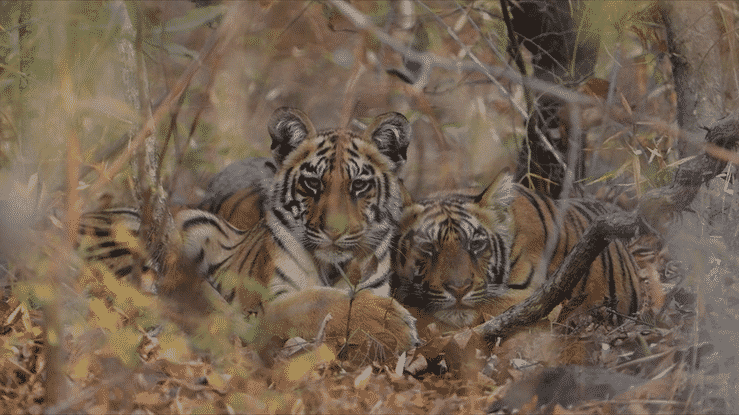
Jan 23, 2024 Las Vegas’ Last Tiger Show
In 2017, the Ringling Bros and Barnum and Bailey Circus closed down, reportedly because of declining attendance. However, the circus had also been a target of escalating protests by animal advocates. Shows involving wild animals in Las Vegas have also been under attack by animal advocates. The recent death of Dirk Arthur, described by an article published by VegasSlotsOnline as the last entertainer to use exotic animals in a Las Vegas stage show, has ended the use of big cats in live shows on the “strip.” Arthur last performed with his cats at the Westgate in 2018.
At one point, shows involving exotic cats, such as white tigers, were a major Las Vegas attraction. Reportedly, the Siegfried and Roy magic show involving white tigers and other wild animals sold out a 1,500-seat arena night after night, generating over $1 billion in ticket sales. However, in 2003, Roy Horn of the Siegfried and Roy “Tiger Show” was seized by the neck by one of the tigers and dragged across the stage during a performance. Horn later insisted that the tiger was trying to save him because he had suffered a stroke on stage. There are many theories about why the tiger seized Horn, but the outcome was the ending of the Siegfried and Roy show.
Dirk Arthur was planning to launch a new show in a theater in Branson, Missouri, but those plans ended when Arthur died of a heart attack at his home in Las Vegas. Clark County Animal Protection Services seized Arthur’s animals, who had not been fed for three days, and called Tigers in America (TIA) for assistance. TIA arranged for the tigers to be moved to an approved sanctuary in Indiana, where their declawed paws touched grass, probably for the first time.
Arthur’s publicity material emphasized his concern for conserving wild and endangered animals. However, two research reports 2011 by Ross et al. and Schroepfer et al. found that wild animal performances diminish public concern for and interest in the conservation of endangered animals. Ross and his co-authors conclude “that important conservation efforts might be hampered by practices previously thought to be harmless. Specifically, these data provide empirical support for scientific and conservation organizations that have called for the end of chimpanzees in the entertainment industry.”
Arthur’s website also stated the tigers lived in “a beautiful, lush, spacious habitat at his home.” Tigers in America found the big cats living in cages measuring 20×20 feet on concrete floors with a plywood box as a den and no other enrichment.
Arthur’s death likely means the ending of shows using live tigers in Las Vegas. According to Tigers in America, the end of such shows is a good day for tigers. The story of how America ended up with so many captive tigers kept as pets, performing animals, or tourist attractions is detailed in an earlier three-part series of articles in WBI’s Tales of WellBeing.
—————————————————————————————————————-
Since the founding of Tigers in America in 2011, the organization has relocated 348 tigers, 129 other large cats, and 54 other animals to approved sanctuaries at the cost of $2.23 million. Rough calculations indicate it costs around $4,500 to move a large cat to an approved sanctuary. Typically, Tigers in America pays for transport costs and may also pay to construct appropriate enclosures. The organization also provides funds (a tiger Medicare function) for necessary veterinary care for the relocated cats’ lifetime (approximately 26 years in captive situations). Tigers in America is a member of the U3R consortium established by WellBeing International to assist Ukrainian people and animals following Russia’s invasion of that country.


